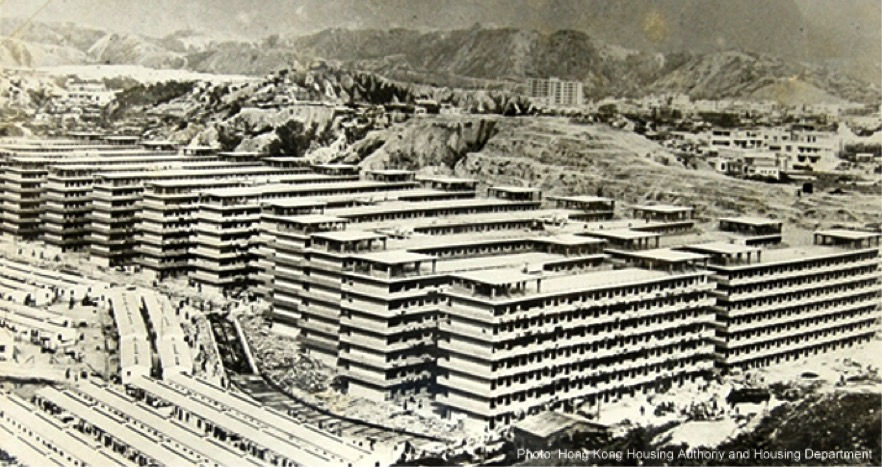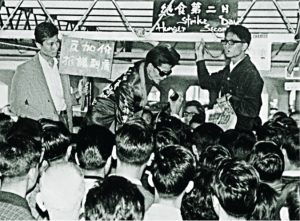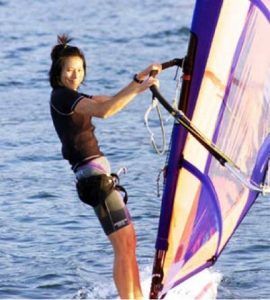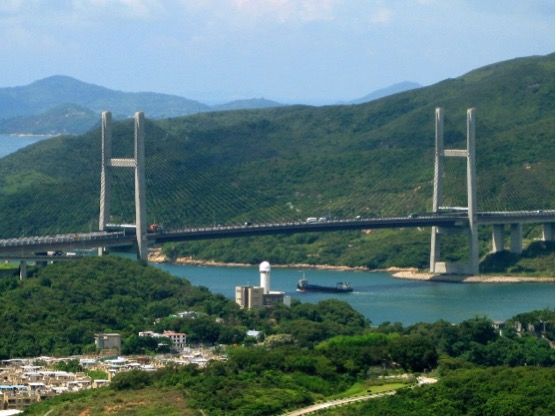A Brief History of Hong Kong Part 2 – End of an Era
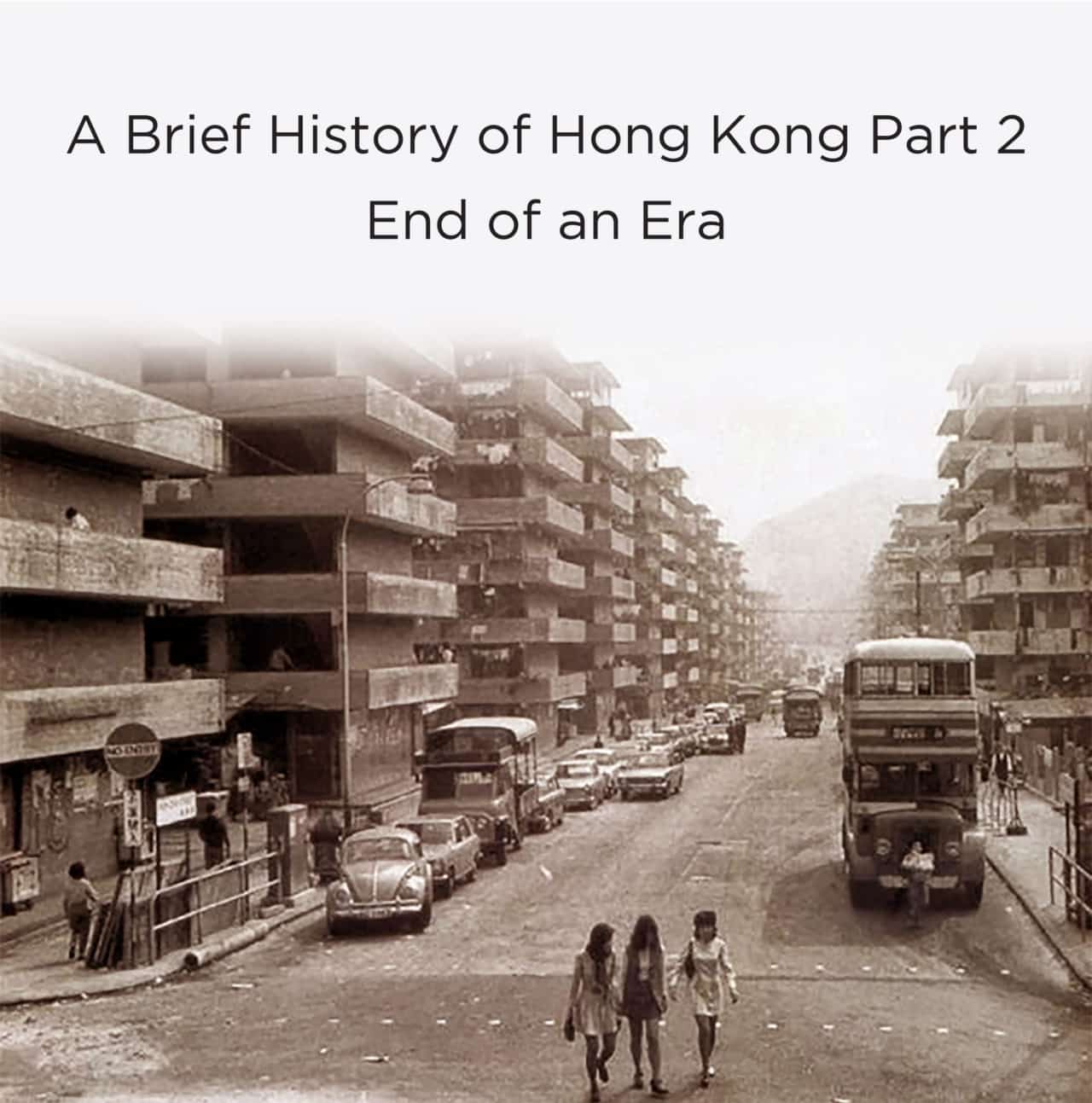
Depending on how you look at it and which part of town you lived, from the 1950’s onward, Hong Kong was either heady place full of opportunity or a soul-crushing, scary region prone to violence. Yea, it was THAT divided. But hey, it could have been worse. China’s Great Famine anyone?
These were the years that shaped Hong Kong into the global city it’s now become. So read up on some of the biggest events of the era, as Hong Kong wraps up the 20 century, and abruptly says farewell to British rule…
1953: Shek Kip Mei fire destroys refugee shantytowns, leaving 53,000 people homeless. Government starts to build public housing.
1966: Riots hit Kowloon over a proposed ten cent increase in Star Ferry fares to 20 cents. The government eventually agrees to raise them by five cents instead.
1967: Major riots hit the city, which last for several months. A labour dispute erupts into anti-colonial and pro-leftist riots. 53 people die.
1972: Cross-Harbour Tunnel opens. Citizens are no longer forced to travel by Star Ferry. (Screw you five cent ferry fare increase!)
1975: The first of an estimated 200,000 Vietnamese refugees arrive in HK. Two-thirds of them are eventually resettled overseas. About one-third are repatriated but some also settle in HK.
1979: MTR opens!
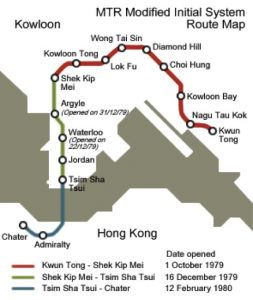
Initial route map of the MTR – Chater was renamed Central, Waterloo was renamed Yau Mau Tei, and Argyle was renamed Mong Kok, courtesy of hongwrong.com

Ewwww… Remember these? The dark days before Octopus Cards were launched, photo courtesy of hongwrong.com
1979: Last Cross-Harbour Swimming Race takes place…until 2011. It was suspended due to poor water quality. One contestant was allegedly covered in oil on exiting the water, while one contestant supposedly drowned when he got caught in an oil slick! Fragrant Harbour? Only in name buddy.
1984: Britain and China sign the “Sino-British Joint Declaration on the question of Hong Kong”, with the entire territory of Hong Kong to be returned to China on midnight on 30 June 1997. And just like that, 5.5 million Hongkongers have no say in their future.
1992: The 28th and last colonial British Governor, Chris Patten, begins his tenure.
1996: Lee Lai Shan, a Cheung Chau native, wins a Gold Medal for HK at the Atlanta Summer Olympics for Windsurfing. People flock to Cheung Chau in homage, and enjoy the seafood. The ferry company that operates the Central-Cheung Chau Ferry service makes record profits.
22 May 1997: Tsing Ma Bridge opens, but is shut down briefly in 2015 for a couple of hours when a barge, piloted by an apparently blind captain, collides with the stationary Kap Shui Mun Bridge.
Midnight 30 June 1997: Hong Kong is handed over to China in the pouring rain. Tung Chee Wah becomes Chief Executive and the British sail away on the Royal Yacht Brittania from Queen’s Pier. It’s alleged that policemen on duty overnight carry two different hats and swap them at midnight as they were not permitted to wear hats with the Royal insignia after midnight and instead must wear one with the Bauhinia insignia.
In our final part 3, we’ll look at the Hong Kong of today. The one fighting to find its place in the world while becoming part of the PRC. And the city where a Giant Rubber Duck became the most popular thing since CNY fireworks!
Nikhil Gidwani was raised locally and is a proud Hong Konger. After a few years of living and working overseas, he has recently returned to the Asia’s World City. When he’s not working, Nikhil spends much of his time hiking and visiting different parts of Hong Kong in order to find new material for his Instagram page. .


